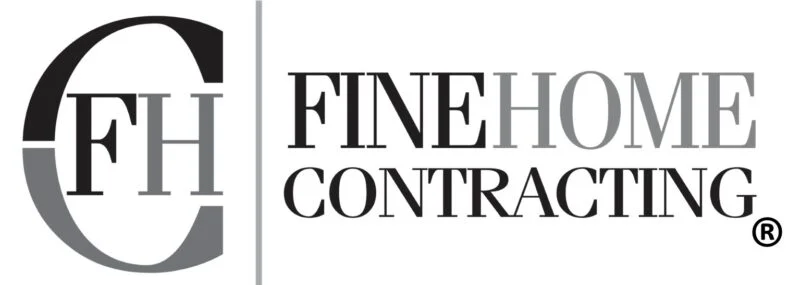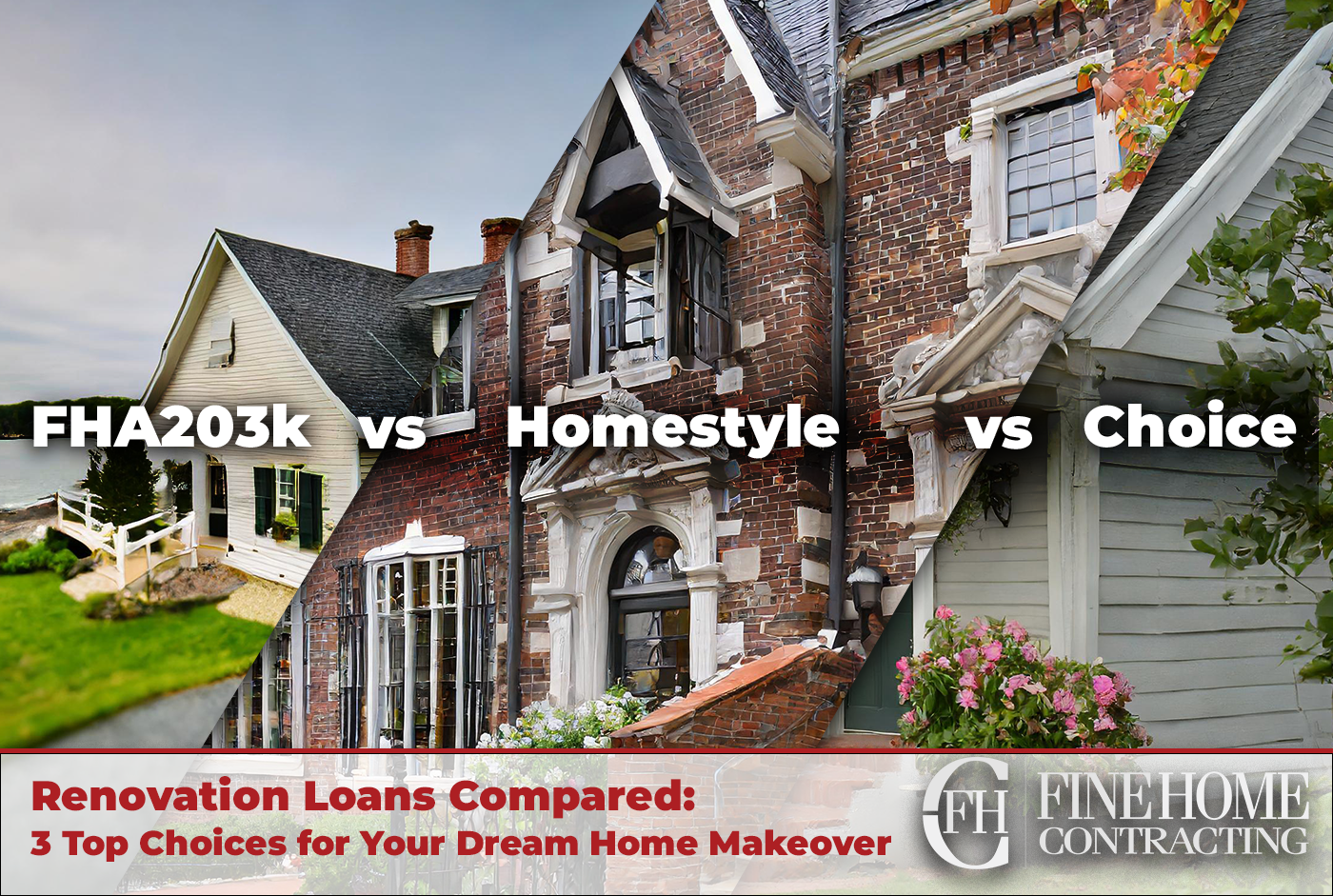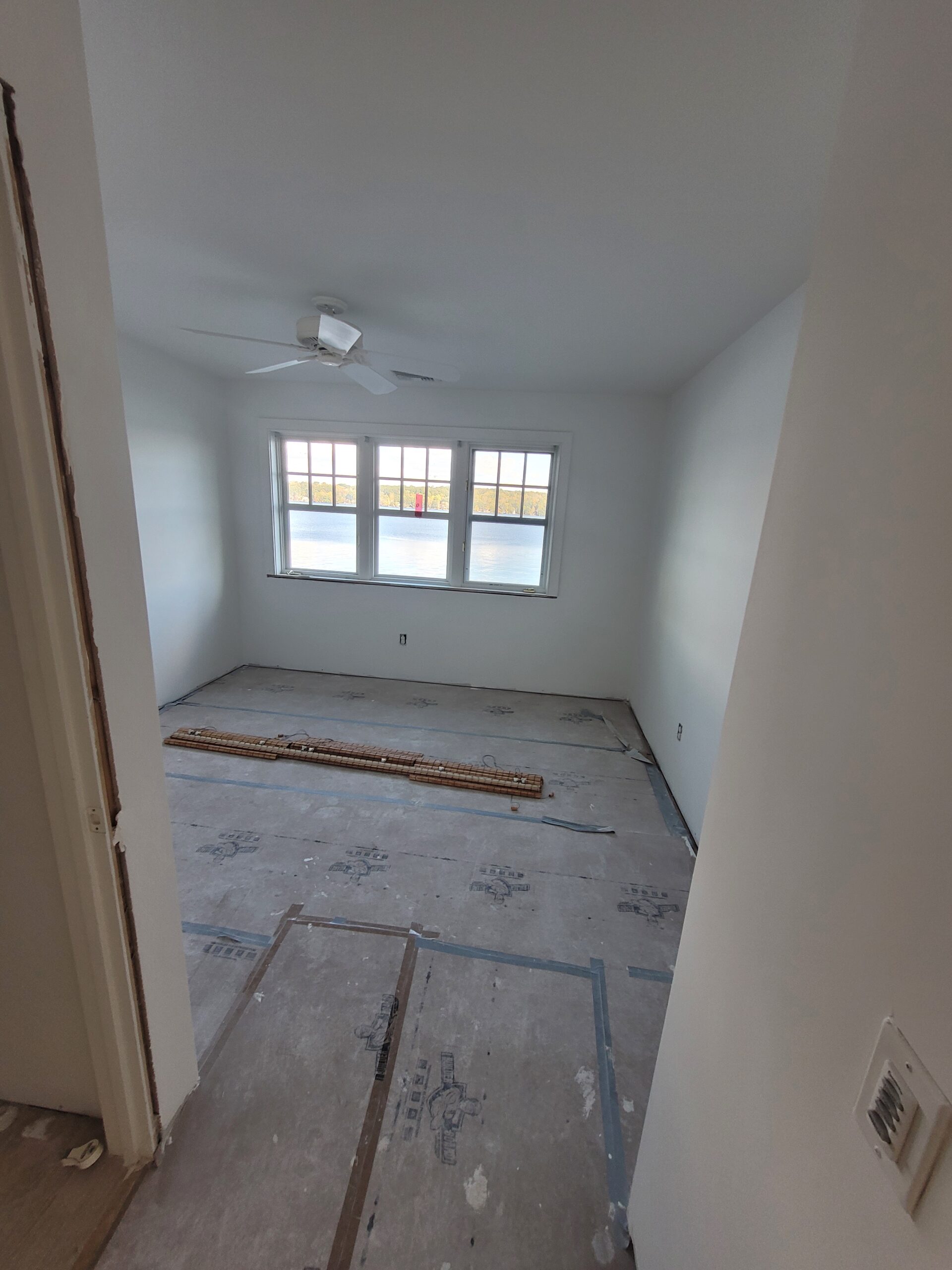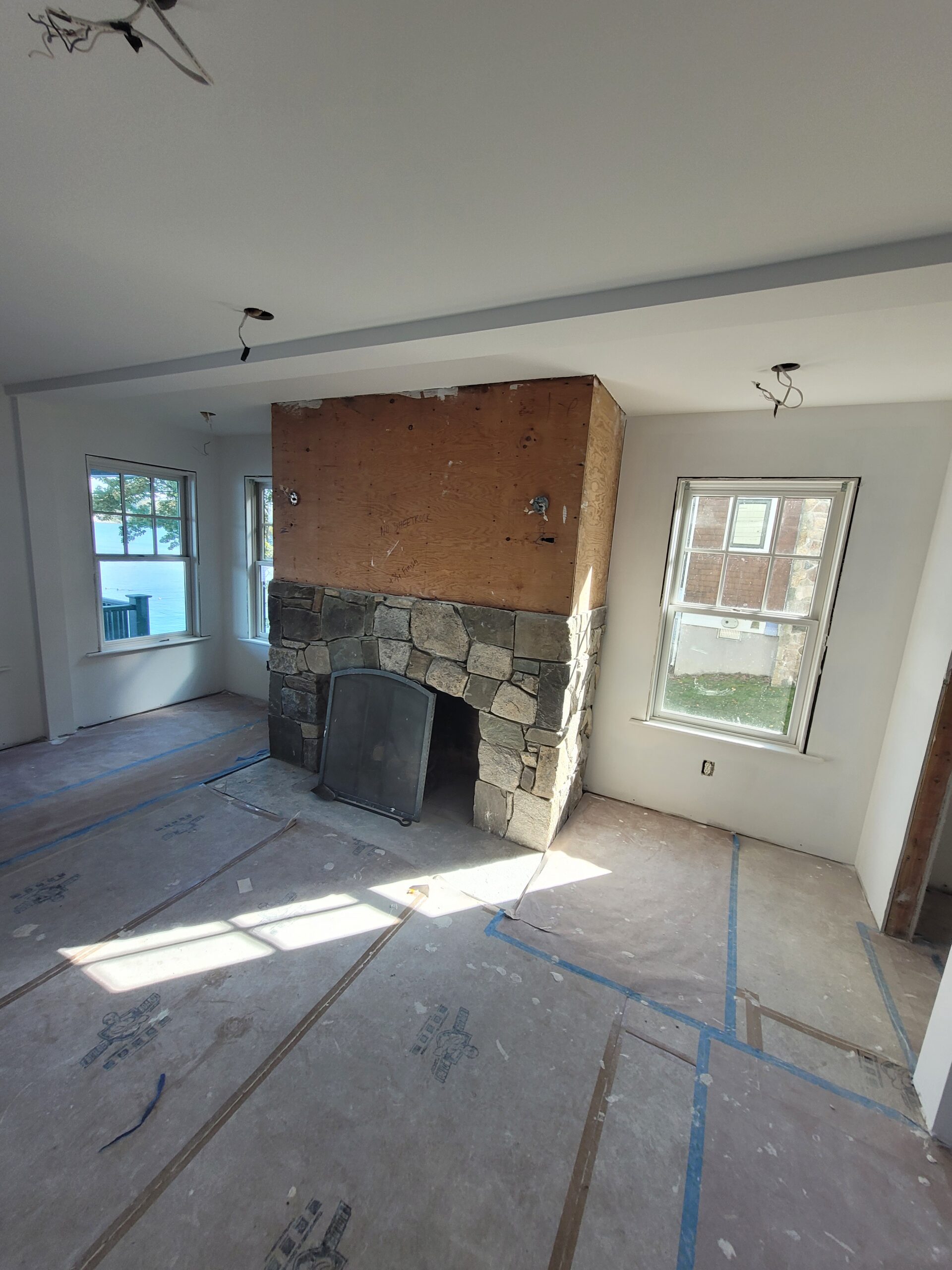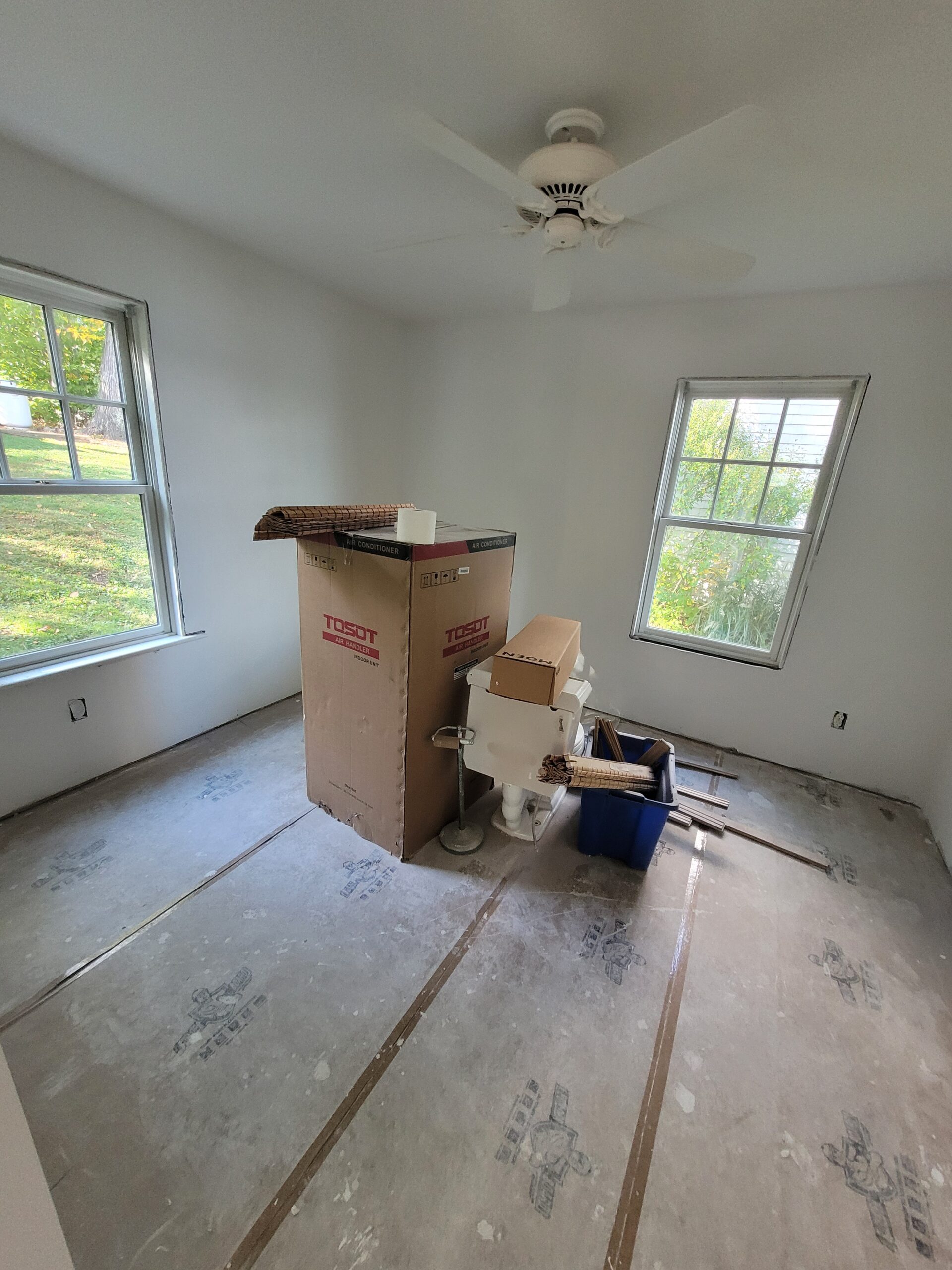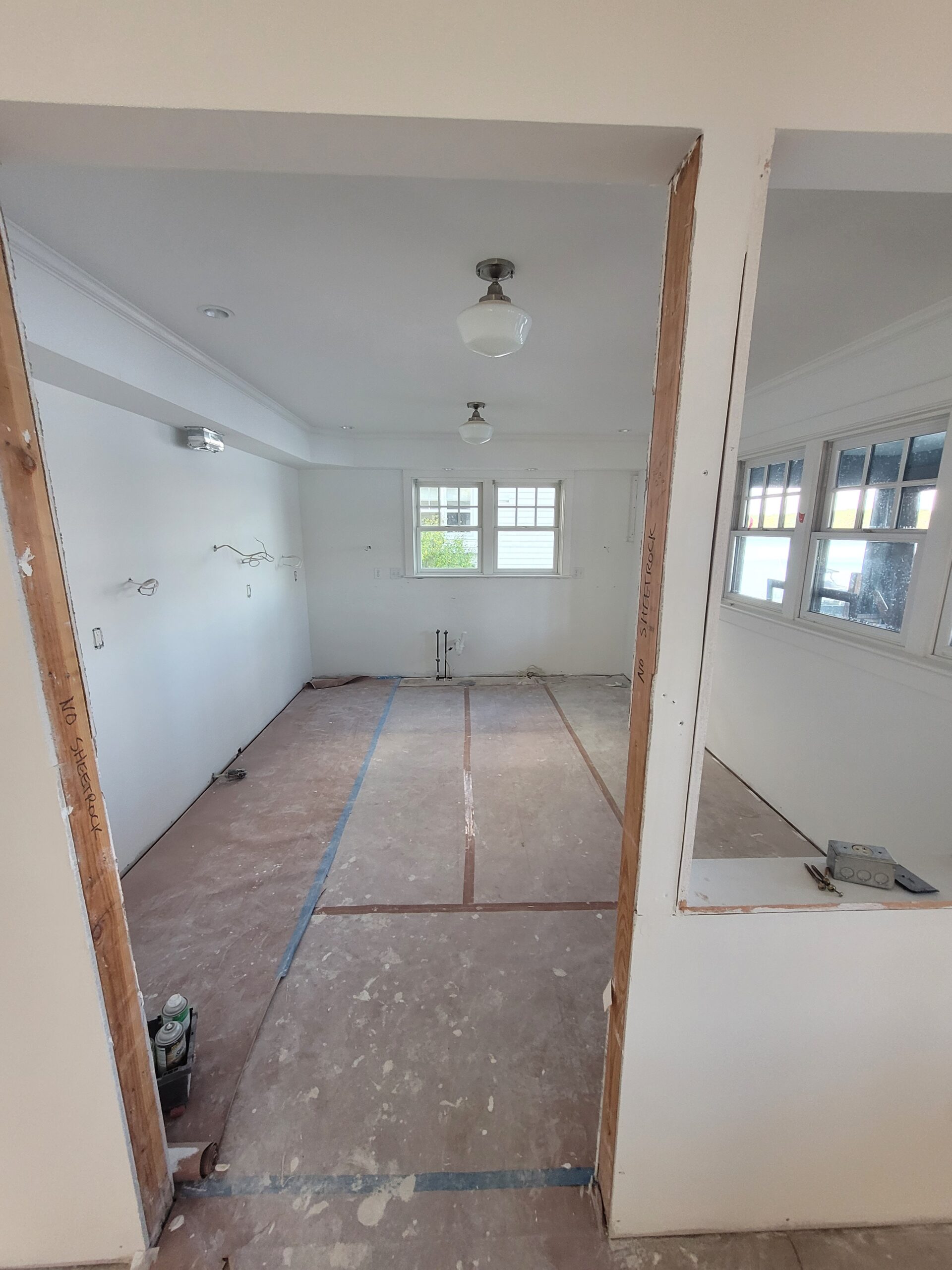Introduction to Renovation Loans
Renovating a home can be both exciting and daunting, especially when it comes to financing the project. Renovation loans provide the necessary funds to breathe new life into an existing property, whether it’s updating a kitchen, adding a bathroom, or completely overhauling a fixer-upper. The key to a successful renovation project lies in choosing the right financing option that suits your project needs and financial situation. This article delves into the nuances of three popular renovation loans: FHA203k, Homestyle, and Choice loans, offering insights to help you make the best choice for your home makeover.
Why Use a Renovation Loan?
- Finance Large Projects: Renovation loans allow for significant home improvements, enabling projects that might otherwise be unaffordable.
- Increase Home Value: Strategic renovations can substantially enhance the market value of your home, making it a worthwhile investment.
- One Loan Convenience: These loans combine the purchase price and renovation costs into a single loan, simplifying the financing process.
- Low Interest Rates: Compared to credit cards or personal loans, renovation loans often come with lower interest rates, making them a cost-effective option.
- Flexible Repayment Terms: With various loan products available, homeowners can choose a repayment term that fits their financial situation.
- Customize Your Home: Renovation loans provide the opportunity to customize and upgrade your living space according to your tastes and needs.
- Address Necessary Repairs: Essential repairs or updates that improve the safety and functionality of your home can be financed through these loans.
Examples of a FHA203k Renovation on a Lakehouse in Morris, CT.
Comparative Analysis: FHA203k vs Homestyle vs Choice
When comparing these loans, consider factors like loan limits, which vary by location and project type; interest rates, which can be influenced by market conditions and creditworthiness; and down payment requirements, which differ significantly across these options. FHA203k loans typically offer lower down payments but come with mortgage insurance premiums. Homestyle and Choice loans might require higher credit scores but provide more flexibility in the type of renovations and properties eligible.
| Feature | FHA203k Full | FHA203k Limited | Homestyle | Choice Renovation Loans |
|---|---|---|---|---|
| Loan Type | Government-insured | Government-insured | Conventional | Conventional |
| Eligibility Requirements | Owner-occupants, nonprofits, and some investors | Owner-occupants, nonprofits, and some investors | Owner-occupants, investors, second home purchasers | Owner-occupants, investors |
| Maximum Loan Amount | Based on property’s projected value after improvements | $35,000 cap for renovations | Lesser of purchase price + renovation costs or ARV* | Varies by lender |
| Minimum Down Payment | 3.5% | 3.5% | 3% – 5% | 5% |
| Renovation Scope | Extensive, structural changes allowed | Non-structural repairs, no minimum repair cost | Broad, including luxury items and structural changes | Includes disaster-proofing, energy efficiency |
| Mortgage Insurance | Required | Required | Not required, but PMI** if down payment < 20% | Not required, but PMI if down payment < 20% |
| Contractor Requirements | Must be licensed, insured, and approved by lender | Must be licensed, insured, and approved by lender | Must be licensed and insured | Must be licensed and insured |
| Consultant Requirement | HUD Consultant required for oversight | Not required, unless lender deems necessary | Not required, but can be advisable | Not required |
| Interest Rates | Typically higher than standard FHA loans | Typically higher than standard FHA loans | Slightly higher than standard conventional rates | Varies, often comparable to Homestyle |
| Eligible Properties | 1-4 unit properties, must be at least one year old | 1-4 unit properties, must be at least one year old | 1-4 unit properties, including condos and co-ops | 1-4 unit properties, including condos and co-ops |
| Use of Funds | Renovations, repairs, energy conservation improvements | Minor renovations and repairs, excluding structural | Renovations, repairs, energy improvements, luxury items | Renovations, including special features for aging-in-place, energy efficiency |
Additional Tips and Guidelines for the Renovation Loan Application Process
Navigating the application process for renovation loans can be intricate, with each loan type presenting its own set of challenges and requirements. Here are more detailed tips and insights to help you through the application process for FHA203k, Homestyle, and Choice renovation loans:
General Tips for a Smooth Application Process
- Maintain Clear Communication: Regular communication with your lender, contractor, and any consultants involved is key to navigating the renovation loan process successfully.
- Document Everything: Keep meticulous records of all correspondence, agreements, permits, and plans related to your renovation project and loan application.
- Stay Proactive: Be proactive in addressing any issues or delays that arise. Promptly providing requested documents and making decisions can help keep the process moving forward.
Comparing Difficulty Levels
- FHA203k Loans: Generally considered more complex due to the involvement of HUD consultants, stringent eligibility criteria, and the draw process for disbursing funds.
- Homestyle Loans: Offer more flexibility but require careful planning and budgeting, making the application process somewhat less cumbersome than FHA203k, but still detailed.
- Choice Renovation Loans: Tend to be more straightforward in terms of contractor and renovation flexibility, but understanding the eligible improvements and navigating the appraisal process can add complexity.
Each loan has its unique challenges, so it’s essential to weigh these factors against your project needs and financial situation when choosing the best renovation loan for your home improvement goals.
FAQs
Further Reading
For those interested in diving deeper into the world of renovation loans and home improvement financing, the following resources offer a wealth of information:
Books
- “The Book on Investing in Real Estate with No (and Low) Money Down” by Brandon Turner
- A comprehensive guide on real estate investment strategies, including creative financing options that could encompass renovation loans.
- Find it on Amazon
- “Real Estate Finance and Investment Manual” by Jack Cummings
- Offers an extensive overview of various financing methods for real estate investments, touching upon renovation and construction loans.
- Find it on Amazon
- “Fine Home Contracting: Finding Funding and Fixing your Dream Home” by David Perrotti. This book provides a comprehensive overview of the various financing options available for home renovations, focusing mainly on homeowners.
- Fannie Mae’s HomeStyle Renovation Mortgage Overview: Offers official details and guidelines on the HomeStyle Renovation Loan program, directly from the source. Fannie Mae’s Official Website
- Freddie Mac’s CHOICE Renovation Loans: Provides an in-depth look at Choice Renovation Loans, including eligibility, loan limits, and the application process. Freddie Mac’s Official Website
- HUD’s 203(k) Rehabilitation Mortgage Insurance Program: The official HUD page for FHA203k loans, offering a wealth of resources for both borrowers and lenders. HUD’s Official Website
- The Mortgage Reports: Renovation Loans
- Provides up-to-date information and guidance on different types of renovation loans, including FHA 203k and Homestyle loans.
- Visit The Mortgage Reports
These resources can provide a more detailed understanding of renovation loans, their application processes, and how they can be leveraged for both personal and investment purposes.
